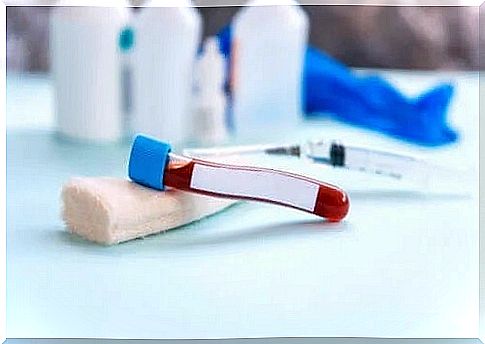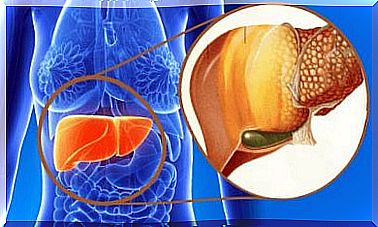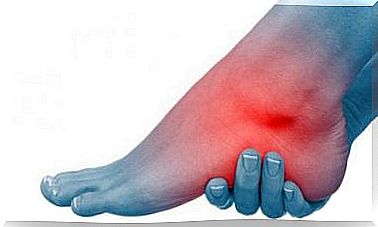Erythrocyte Sedimentation Rate: What Does It Consist Of?

Clinical laboratory tests are very important in medical practice. Sometimes these are the only way to determine the presence of a disease. One of the most frequently requested tests is the erythrocyte sedimentation rate.
Erythrocyte sedimentation rate is also known as Westergren, ESR, ESR or SED sedimentation rate. It is a test that measures the speed at which red blood cells settle to the base of a test tube. A higher or lower speed than normal may indicate the presence of various medical problems.
Under normal conditions, erythrocytes or red blood cells have a negative charge. This causes them to repel each other at a sedimentation rate of 10 mm (0.039 inches) per hour. This may vary depending on the subject and their lifestyle.
Reasons why doctors want to measure erythrocyte sedimentation rate or ESR
The physician should analyze the patient’s symptoms along with the results of the laboratory examination. By doing so, you will be able to provide a specific diagnosis.
Specialists can use ESR as an important diagnostic criterion for two diseases: rheumatic polymyalgia and temporal arthritis. Both diseases are very rare and tend to occur only in patients over 50 years of age.
Rheumatic polymyalgia is an inflammatory disease that affects the proximal muscles of the limbs and torso, causing pain and limiting movement. Temporal arthritis causes headaches, decreased vision, fever, jaw failure and anemia.

ESR is a simple and fast analysis that does not require any extraordinary training. If you only do the erythrocyte sedimentation rate, then there is no need to fast. If you do other tests at the same time, you should take appropriate action.
To perform the test, the specialist will need to draw venous blood with a syringe from his arm. During the test, you may feel a slight pain, which can sometimes manifest for the rest of the day. However, it should not affect your ability to perform other daily activities.
For analysis, the Westergreen method will be used. Specialists mix 2 ml of blood with 0.5 ml of citrate in a test tube and then measure the distance between the free erythrocytes. After an hour, measure again the distance between the red blood cells, in millimeters, to determine how fast they went down.
If the sedimentation rate exceeds normal values, it may suggest the presence of diseases that develop with inflammation and the presence of certain neoplasms. According to studies, the rate increases over a period of 24 hours and does not return to normal values until after the disease has improved.
These types of diseases increase the concentration of proteins in the blood plasma. Each of these proteins, especially fibrinogen, will affect the surface load of red blood cells, causing them to descend at a higher rate.
However, various situations that increase fibrinogen in the blood, such as pregnancy, diabetes or end-stage renal disease are able to increase the rate of erythrocyte sedimentation. Among other causes, we can mention the following:
What does a low erythrocyte sedimentation rate (low ESR) mean?
Most of the time, a low erythrocyte sedimentation rate does not have much medical relevance. The level can reach 0 mm in normal patients and is therefore not a cause for concern among specialists.
However, a low erythrocyte sedimentation rate, between 0 and 3 mm, is associated with various health problems. These include the following:
- Consequences of f

A simple but effective test
As you can see, the erythrocyte sedimentation rate is not a complex test, but it is very useful when monitoring the presence of diseases that develop with inflammation. It can guide the doctor and help him make an accurate diagnosis.
Regarding the role of the patient in this regard, there is no special training required before performing the test. In addition, after the procedure, the patient will be able to continue his daily activities without any inconvenience!









